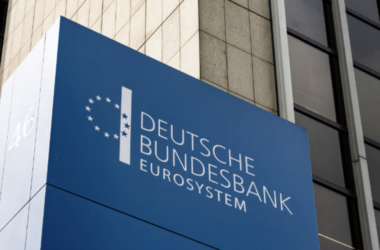UK house prices reached a new record high in January, as buyers hurried to finalize property deals before the planned increase in stamp duty from April 2025.
According to the latest Halifax House Price Index, the average property price surged to £299,138 (€358,822) in January, marking a 0.7% increase from December. On an annual basis, prices rose by 3% in January, compared to 3.4% in the same month last year.
The price jump was largely driven by buyers rushing to complete house purchases before the end of March, when the temporary stamp duty thresholds will end. Currently, first-time buyers are exempt from paying stamp duty on homes worth up to £425,000 (€509,796). However, from April, this threshold will drop to £300,000 (€359,856), which is expected to impact first-time buyers the most.
In Northern Ireland, house prices saw the biggest annual rise, increasing by 5.9% in January, although this was slower than December’s 7.3%. The average house in Northern Ireland cost £205,473 (€246,469).
Wales saw a 3.6% rise in house prices year-on-year in January, with the average property priced at £227,397 (€272,767).
Scotland’s house prices grew at a slower pace of 2.4% on an annual basis, with the average price at £210,690 (€252,727).
In England, the North East experienced a higher annual property price rise than the North West, with a 5.2% increase, bringing the average price to £178,696 (€214,349). London remained the UK’s most expensive city, with the average property costing £548,288 (€657,682), up by 2.8% from the previous year.
Amanda Bryden, head of mortgages at Halifax, noted that while affordability remains a challenge for many buyers, the market’s resilience is notable. She pointed out that strong demand for new mortgages and lending growth were likely influenced by the looming stamp duty increase.
“Despite geopolitical uncertainties and waning consumer confidence, other key indicators look fairly positive for the housing market,” she said. “The Bank of England has made its first base rate cut of the year, and there are probably more to come. Household earnings are expected to continue outpacing inflation, easing some of the financial pressure from the cost-of-living squeeze.”
Looking ahead, Bryden suggested that mortgage rates are likely to remain between 4% and 5% in 2025, influenced by global financial markets and domestic monetary policy. She also emphasized that buyers have grown accustomed to this new rate environment, understanding that rates are unlikely to return to the historically low levels seen in the past.




